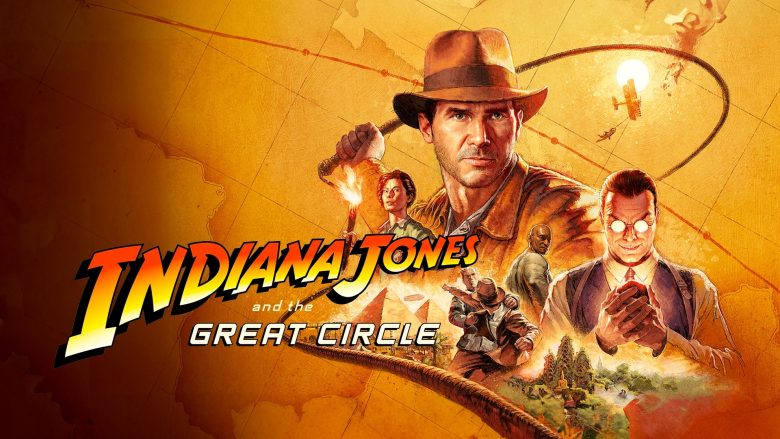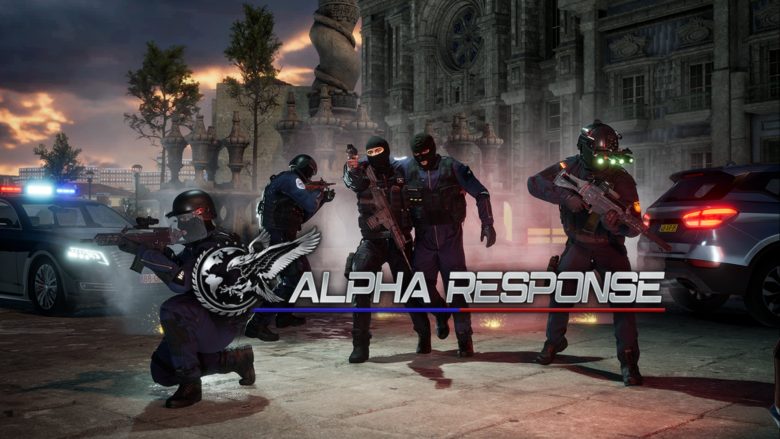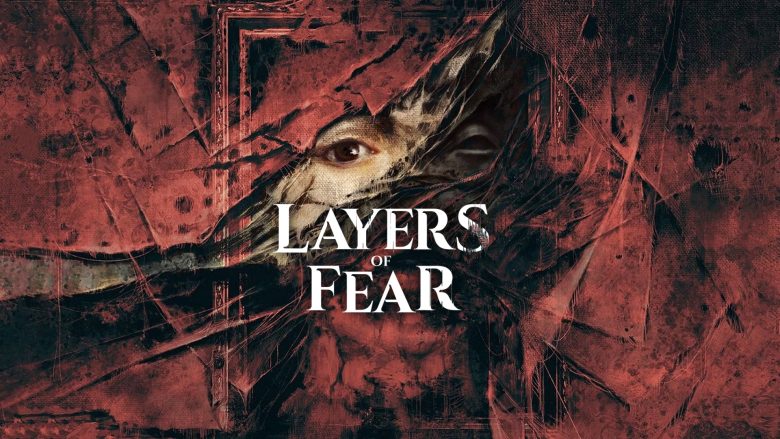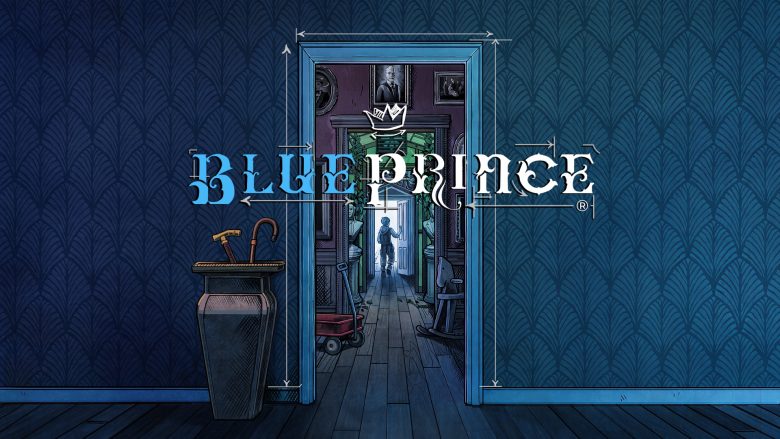The first title to strive a hybrid of horror fiction and platform games
Limbo is a puzzle-platform video game developed by the Danish independent studio Playdead and originally published by Microsoft Game Studios for the Xbox 360.
The game was released in July 2010 on Xbox Live Arcade, and has since been ported by Playdead to several other systems, including the PlayStation 3, Linux and Microsoft Windows.
THE POWER OF A CRYPTIC STORY WITH MULTIPLE INTERPRETATIONS
Limbo has an anti-plot – a story with an open ending and a circular set of events, without a linear timeline, even if it seems to go right on. The protagonist is passive and he suffers by external events, but the narrative arc takes place internally.
So, the primary character is a little boy who wakes up on the “edge of hell” in the middle of a forest.
Because there is no text, no dialogue, and no explanation, all we know is that he is looking for his sister, so he enters this place full of dangers that he has to face.

Suddenly, he encounters a massive spider that attempts to kill him. The spider retreats further into the forest after a trap cuts off the sharp points on half of its legs, and the boy can pass.
However, he later ends up in a spider web and turns into a cocoon. After he frees himself from the threads that held him to the roof, he has to hop and eventually gets them off.
Throughout this, the child encounters a few humans, who are also children, who immediately attempt to kill him.

The forest eventually gives way to a decaying cityscape.

When the final puzzle arrives, the boy falls through a pane of glass and back into the forest. After he wakes up and recovers from the pain and shock, he walks a short distance until he again encounters a girl, who, upon his approach, stands up, startled.
Then, the screen cuts to black.
The most direct interpretation that comes to mind is that it is precisely Limbo according to a religious representation, in which everything remains the same, from beginning to end, and the subject must to repeat the same actions and retrace the same paths over and over again.
However, it is also a metaphor for the protagonist’s inner growth as he moves from being a child to an adult to an elderly person.
There are clear signs that refer to death. The sister’s death? Is it the end of both? Our protagonist’s journey towards death?
Playdead didn’t want to give too many explanations, so they let the players draw their own conclusions.
TRIAL AND DEATH
Limbo is a 2D side-scroller, incorporating a physics system that governs environmental objects and the player character.
“Trial and death” is an expression that the developers use for the purpose of direct the player away from impractical solutions through the gory boy’s deaths.
The boy, that the player controls, can run left or right, jump, climb onto short ledges or up and down ladders and ropes, and push or pull objects, as is typical of most two-dimensional platform games.

The dark visuals of the game serve to conceal a slew of lethal surprises, such as deadly bear traps on the forest floor or lethal monsters lurking in the shadows.


Glow-in-the-dark worms attach themselves to the boy’s head and force him to travel in only one direction until they kill him.


The second half of the game features mechanical puzzles and traps that make use of machinery, electromagnets, and gravity.
There are many ways to die, but the player has the ability to restart at the last encountered checkpoint an unlimited number of times.
A word about the deaths: they are rather bloody; between dismemberments and capitals, this poor child experiences everything imaginable.
THE EDGE OF THE PRECIPICE AS A METAPHOR FOR UNCERTAINTY AND A SENSE OF ABANDONMENT
It is necessary to say a few words about the game’s impressive aesthetics.
The game is in black-and-white tones, with minimal ambient lighting and film grain effects.

It is undeniably an example of video games as an art form, with noir aesthetics reminiscent of German expressionist cinema.
The game’s theme and symbolism are perfectly expressed by the impalpable and indefinite atmospheres: the feeling of disorientation, uncertainty, but most of all of the sense of emptiness caused by the infinite repetition of a narration, as Dante Alighieri could well explain.
Playdead’s game director Arnt Jensen came up with the idea for Limbo in 2004. Initially, he attempted to create it himself in Visual Basic, but after seeing that the project was successful and larger than he had anticipated, he began looking for another developer, until he met the man who would later become co-founder Dino Patti.
Jensen and Patti have always tried to stay true to the project’s originality and have had to address publisher concerns about the prominent presence of the protagonist’ deaths. Someone even suggested that the child grow a mustache to make him look older.
Jensen established three goals for the final Limbo product from the start. The first goal was to establish a distinct mood and art style.
He wanted to create an aesthetic for the game without using highly detailed three-dimensional models, so he directed the art toward a minimalistic style to allow the development to focus its attention on the gameplay.
Jensen’s second goal was to keep the game simple by only requiring two additional controls—jumping and grabbing—in addition to the standard left-and-right movement controls.
Finally, the finished game would have no tutorial text, forcing players to learn the game’s mechanics on their own.
The game was purposefully designed to avoid revealing any details about its content; the company’s only tagline was, “Uncertain of his sister’s fate, a boy enters Limbo.” As we said, this was chosen so that players could make their own interpretations of the game’s meaning.

Jensen’s personal experiences insipered many Limbo’s aspects, such as the presence of forests or his arachnophobia. Even the stylistic choice is the result of Jensen’s life path, specifically his love of a specific film genre. Morten Bramsen, the graphic artist, was able to perfectly recreate those atmospheres.
Always talking of Limbo’s style, but also its gameplay, there is a noticeable difference between the first and second parts of the game. In fact, the first half of the game featured more scripted events and encounters, while the second half was more solitary and full of puzzles. This was due to the volume of work that Jensen was unable to supervise completely at one point.
Martin Stig Andersen, a graduate of the Royal Academy of Music in Aarhus, created the game’s audio. Andersen specialized in acousmatic music, which is non-traditional music made from generated sounds with no obvious visual source.
The acousmatic music was meant to be open to interpretation by the player both game’s art and history.
Jeppe Carlsen is the lead designer for Limbo’s puzzles. He said that the gameplay was the second element for the game, following the Jensen’s graphics. Jensen wanted the puzzles to feel like a natural part of the environment, rather than the player simply moving from one puzzle to the next throughout the game.

DESERVING AWARDS
Limbo was the third-highest-selling game on the Xbox Live Arcade service in 2010, grossing approximately $7.5 million. Following its release, it won several industry awards and receive the nomination as the one of the top games of 2010 by several publications.
The developers announced in November 2011 that the game had sold over one million copies on the Xbox 360, PlayStation 3, and Microsoft Windows platforms.
Playdead announced in June 2013, just prior to the iOS release, that total sales of Limbo across all platforms had surpassed 3 million.
In 2011, the PlayStation 3 version was the best-selling third-party downloadable game on the PlayStation Network.
In the 2012 PSN Gamers’ Choice Awards, the PlayStation 3 version took the vot of “Best Indie Game.” Limbo’s Mac OS X version received an Apple Design Award in 2012.
Arnt Jensen and Morten Bramsen receive by Tim Schafer’s the “Best Visual Art” award at the 2011 Game Developers Choice Awards.
IN CONCLUSION

When I first played Limbo, it was just out for Play Station 3, it was truly memorable. There were not many titles at the time that were so unique and, above all, with an aesthetic that was as simple as it was disturbing. Everything that Playdead originally had in mind to do has done it to perfection, with the goal of removing as many superstructures as possible in order to create this sense of disorientation, loss, and, above all, uncertainty.
Each step could be the last, and this is fucking distressing.











